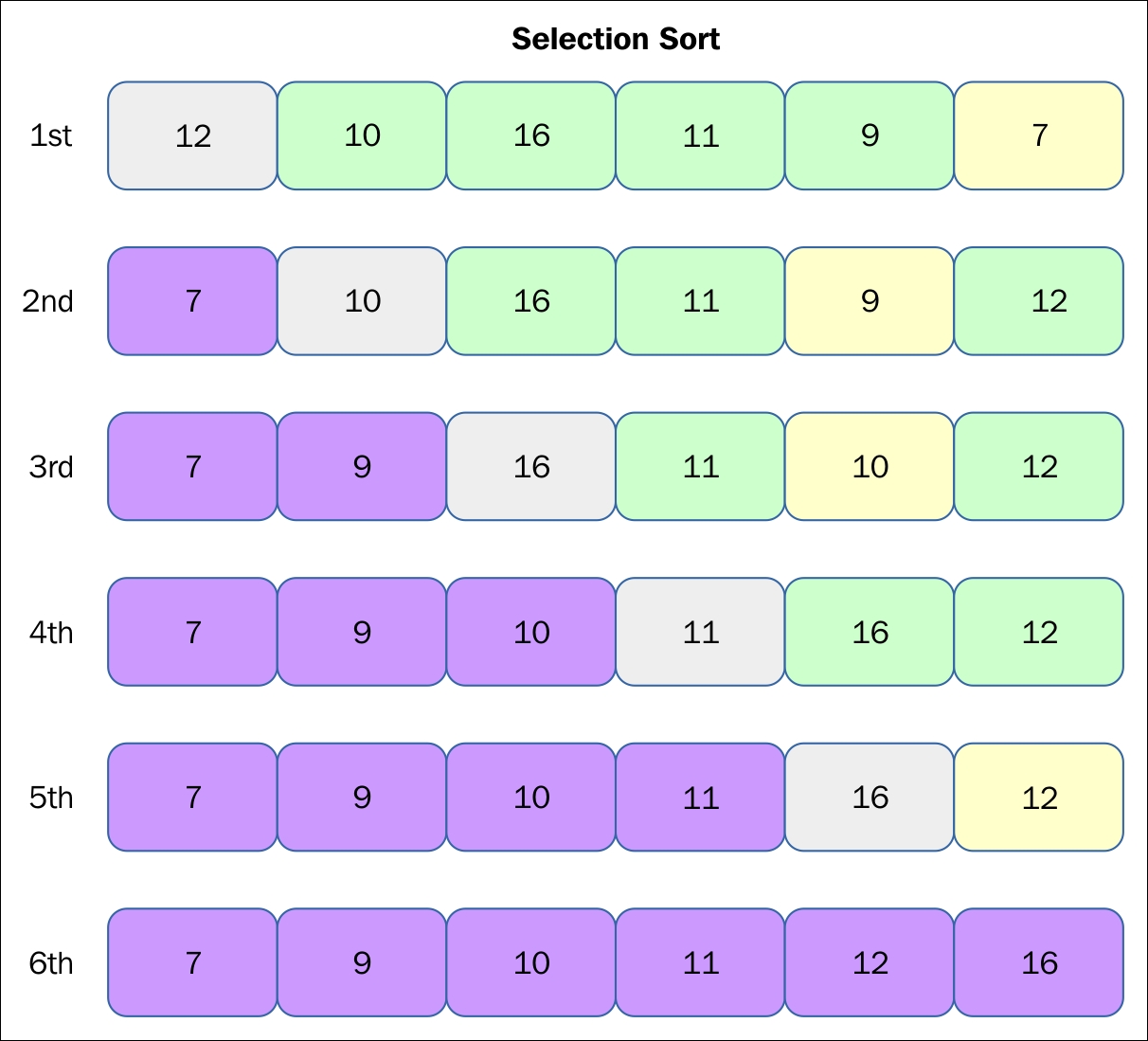Selection sort is a sorting algorithm that sorts an input array of objects in linear time, by passing through the array one element at a time and comparing the value of each element to that of the next element, swapping pairs of elements when necessary and maintaining a sorted-so-far portion of the array at all times. The Selection sort algorithm is also known as “minimum selection sort” because it selects the smallest element from the array at each iteration.
The basic algorithm works as follows. The array is divided into a “sorted” and an “unsorted” portion. At each iteration, the algorithm selects the smallest element from the unsorted portion of the array. This element is then swapped into the first position of the sorted portion. This process is repeated until all the elements have been sorted.
Selection sort is not as efficient as other sorting algorithms such as Quick Sort and Merge Sort, as it has a time complexity of O(n2) in the worst-case scenario and O(n2) in the average-case scenario. Due to this, Selection sort is generally not used as a main sorting algorithm; instead it is often used when performance improvements are required, particularly for small data sets.
Selection sort is easy to implement and is useful in certain cases. Therefore, it is often used in educational materials to illustrate sorting algorithms.
The best-case scenario for Selection sort is O(n2) in the average-case scenario. While it may not be as efficient as other sorting algorithms, it is useful for smaller data sets when performance improvements are required. Selection sort is easy to implement and is a relatively simple sorting algorithm, making it useful for educational materials.





